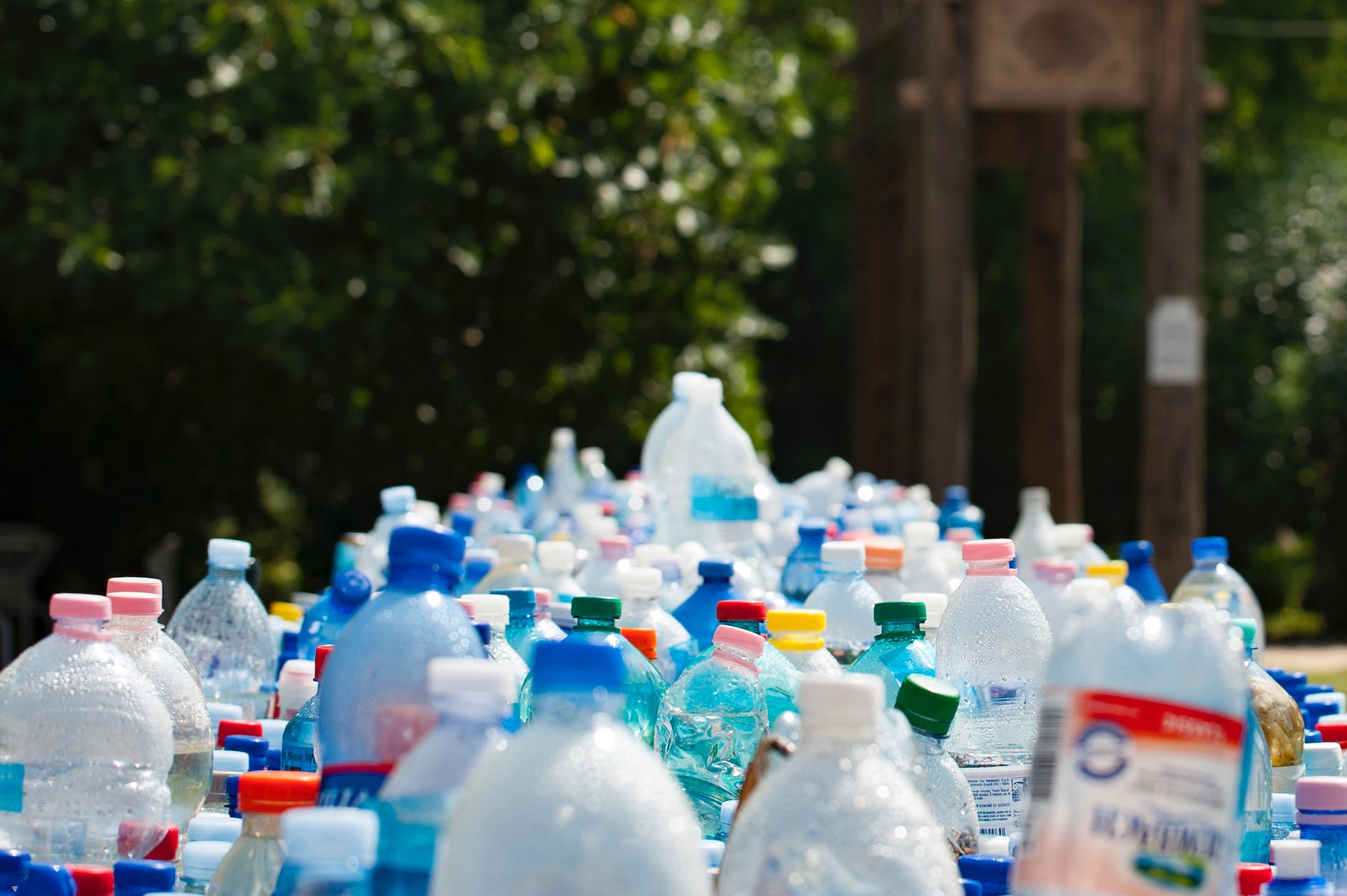Microplastics have become a new form of plastic pollution, reaching an alarming level worldwide. Commodity plastics are widely considered to be chemically inert, but alterations in their surface properties owing to environmental weathering are often overlooked, impeding their life-cycle analysis in the environment.
In a new paper published in ACS Environmental Au, researchers at Louisiana State University detail their study of the effects of weathering on microplastics and how it might increase pollutant uptake.
Through its simulated weathering experiments, the group delineated the role of sunlight in modifying the physiochemical properties of microplastics.
“After 10 days of weathering, we found that microplastics, which were initially floating on the surface of the water, were suspended in the bulk water,” said Bhuvnesh Bharti, a chemical engineer at LSU and the corresponding author on the paper. “We hypothesized that the changes were due to photooxidation of microplastics, which we later confirmed by infrared spectroscopy and contact angle measurements.”
The scientists also found that chemical changes in microplastics caused by weathering could drive an increase in the uptake of pollutants on their surface. The team’s next step is to evaluate the potential release of toxic chemicals.
“Although microplastics are a well-known environmental issue, we do not know enough about how the properties of these tiny particles change and what effects they may have on living beings,” said Anne-Marie Schmoltner, a program director in NSF’s Division of Chemistry. “Understanding the weathering of microplastics is a crucial first step.”

